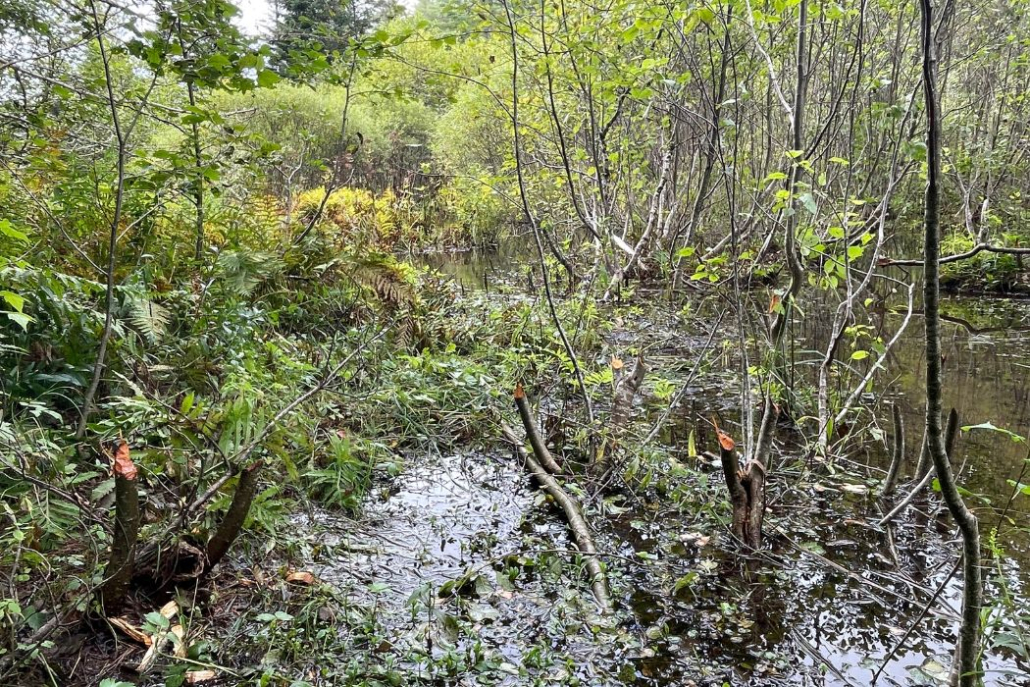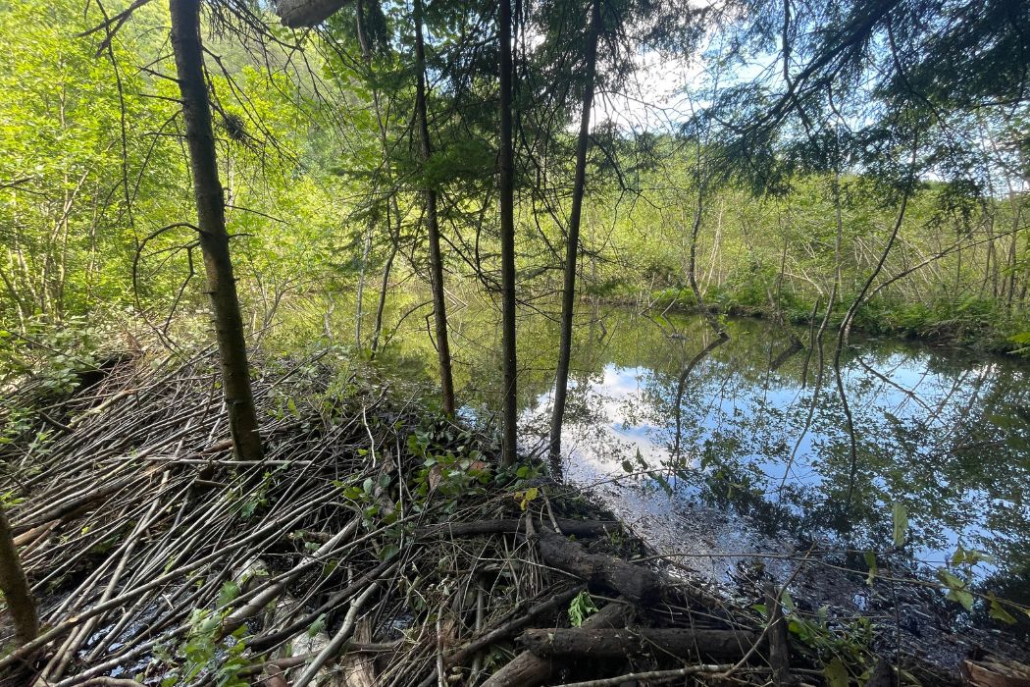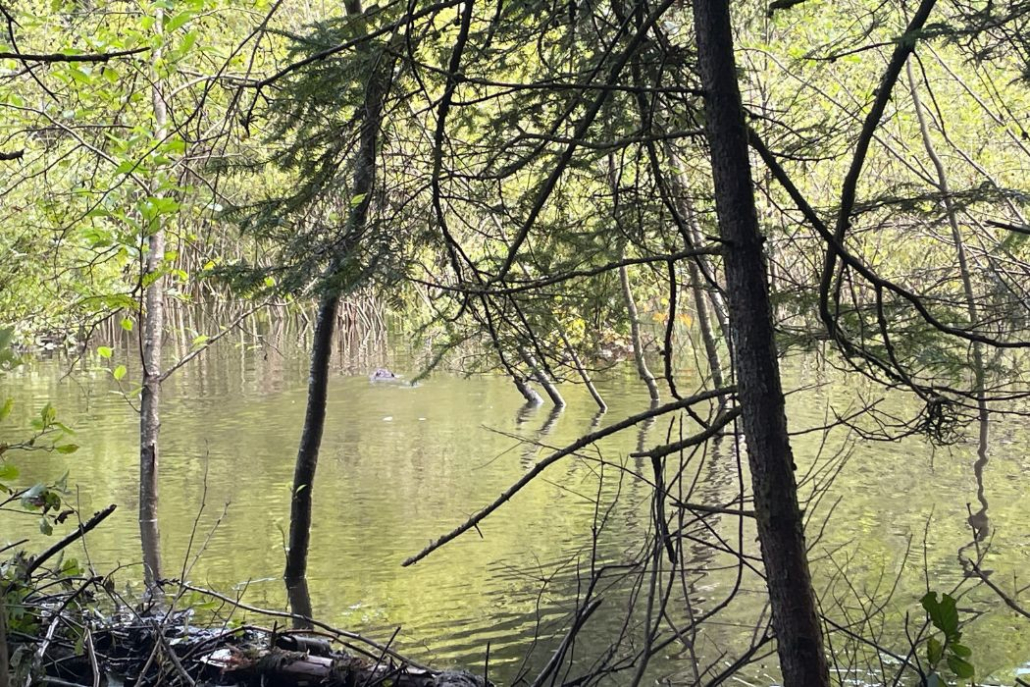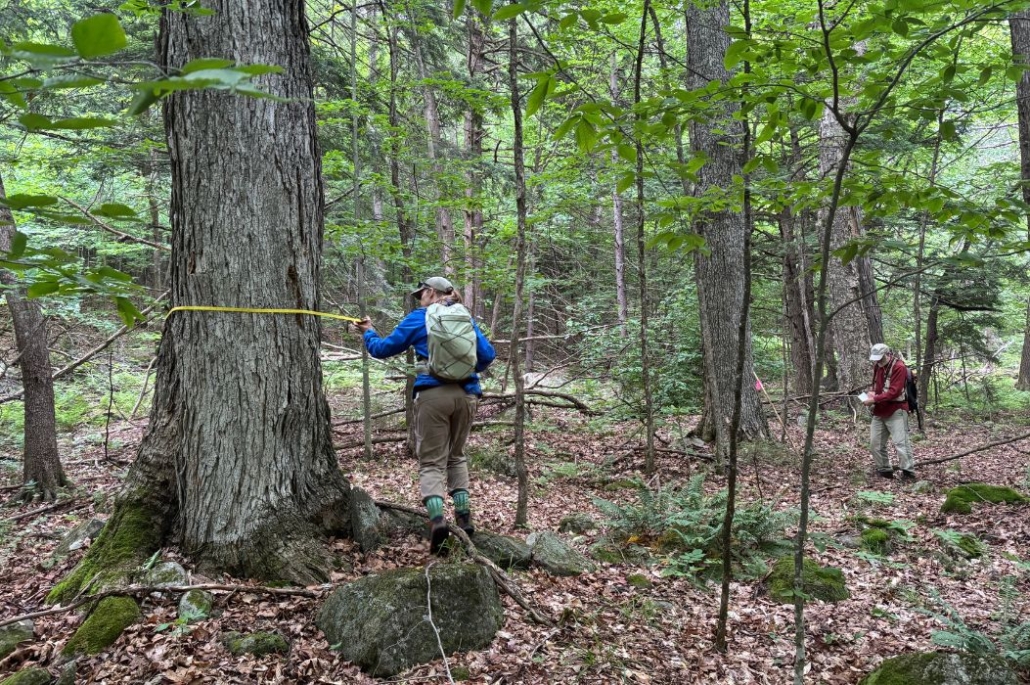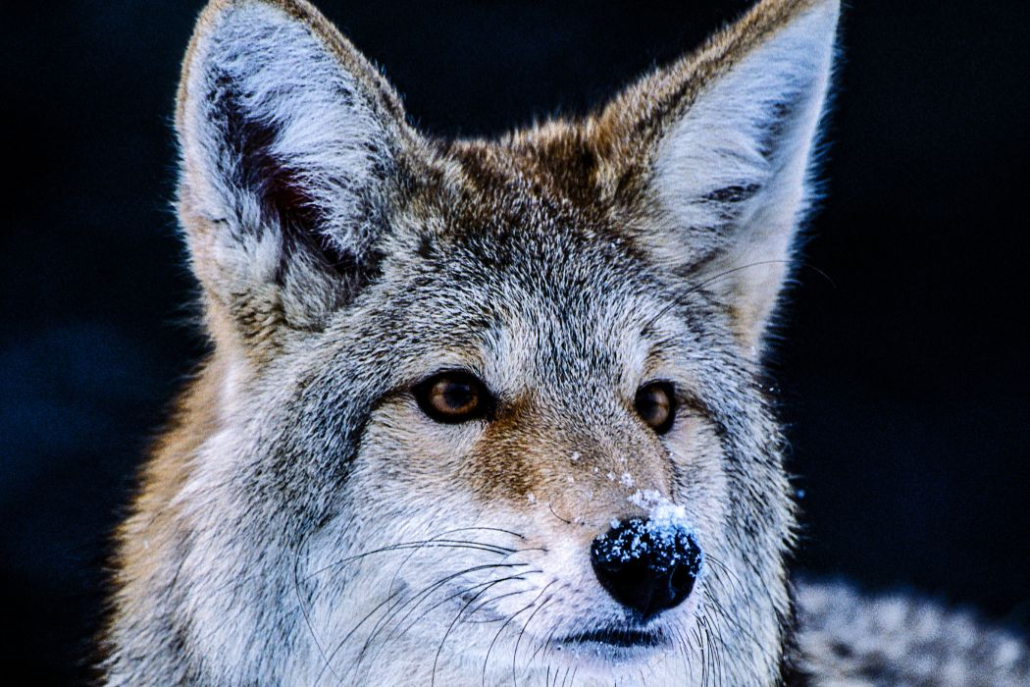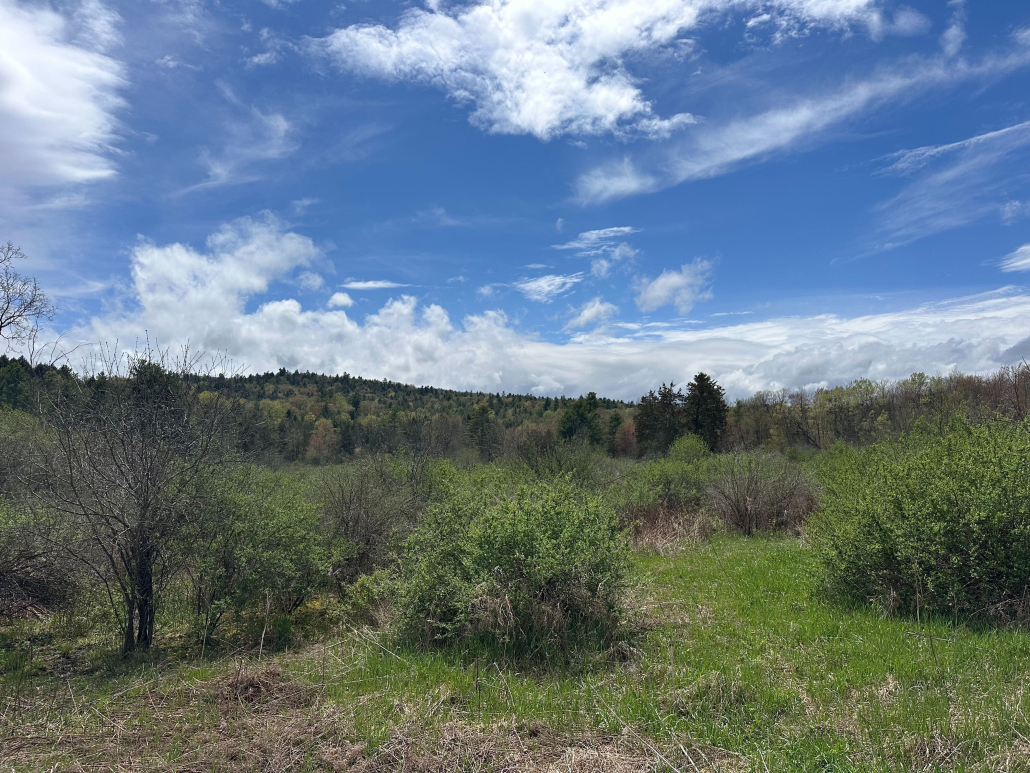How Beavers, Rewilding Allies, Transform the Landscape
Several years ago, I moved into a cabin in a cold mountain hollow adjacent to NEWT’s Woodbury Mountain Wilderness Preserve. At the time, an alder swamp fed by the headwaters of Pekin Brook filled the bottom of the valley. According to the previous landowners, there had been a beaver pond there until floodwaters from Hurricane Irene breached the dam in 2011, draining the pond within minutes. With the area’s hardwood supply depleted, preventing the resident beavers from rebuilding the destroyed dam, they apparently chose to relocate. Over the 13 years since the beavers left, the pond transitioned first to a wet meadow, and then eventually to an impenetrable alder swamp.
According to Tom Wessells’ Reading the Forested Landscape, beavers will almost always return to the site of a previous pond, though they will usually wait until the woody vegetation reaches at least “pole size.” Since beavers receive most of their nutrition from cambium – the outermost layers of a tree – a decade-old alder swamp provides them with an abundant source of stems that are relatively easy to fell and transport, as well as plenty of cambium-filled surface area for them to chew on.



